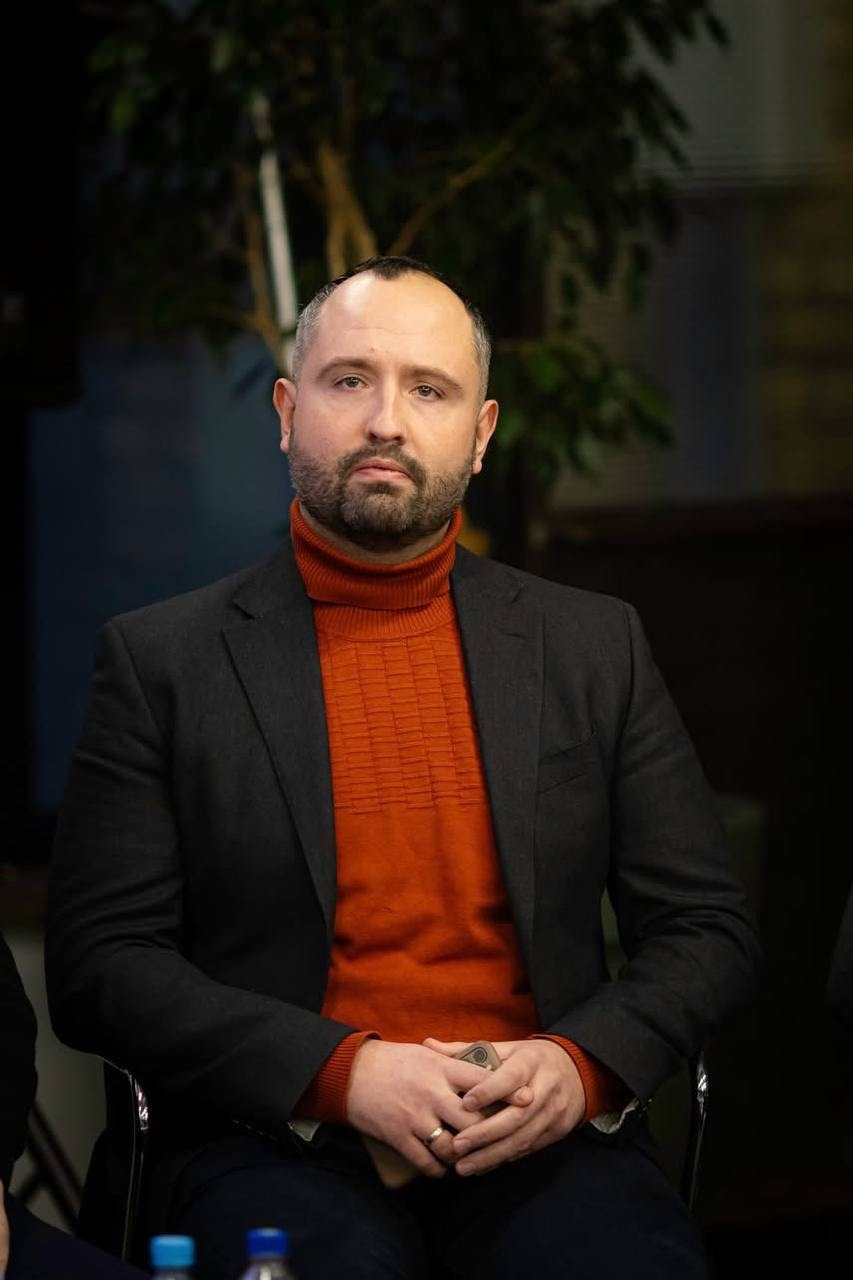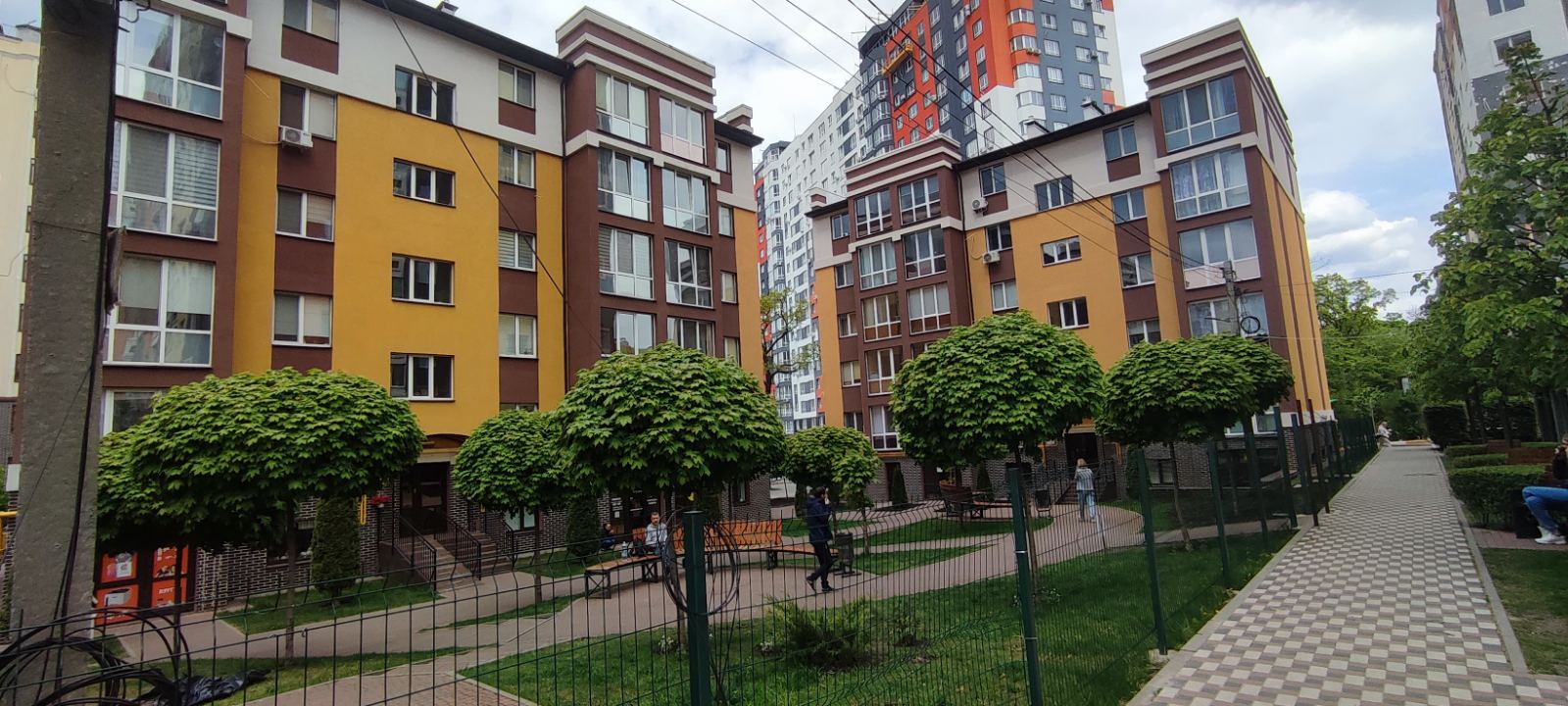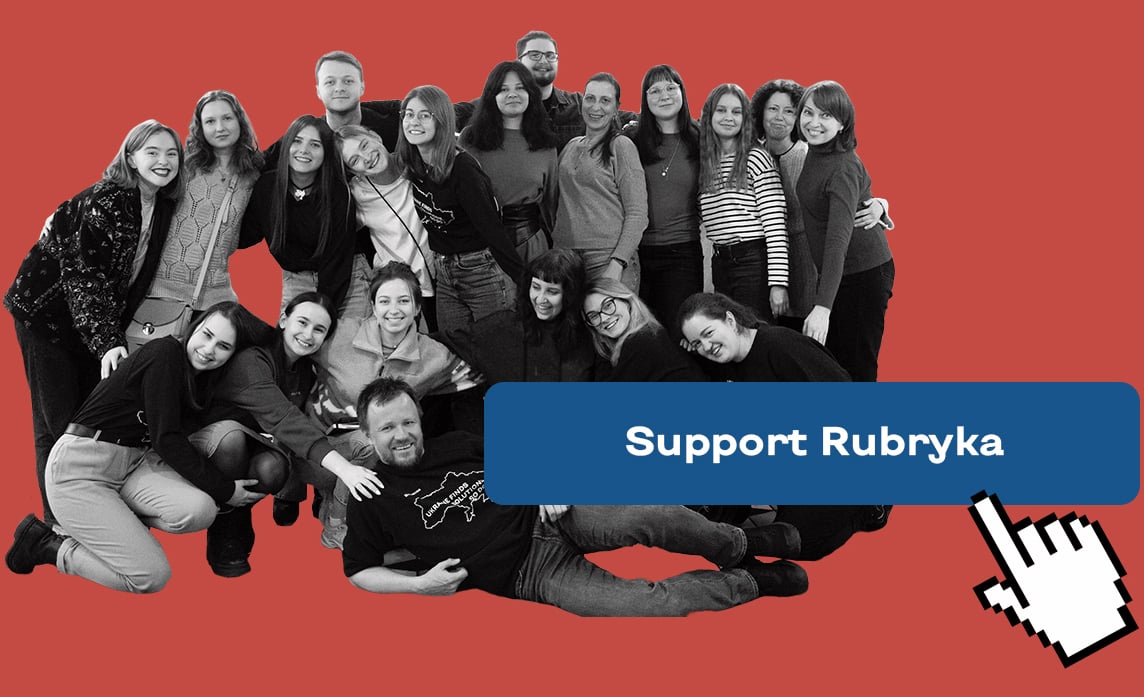
What is Energy Efficiency Fund?
Please briefly introduce the Energy Efficiency Fund's primary focus and core mission in Ukraine.
The Energy Efficiency Fund (the EEF) is a key Ukrainian government institution that supports homeowners associations (HOAs) in enhancing the energy efficiency of their apartment buildings. Through grants, the EEF provides financial assistance to improve the energy performance of residential buildings and implement various programs aimed at building restoration.
In particular, the EEF focuses on addressing the restoration needs of buildings that have been damaged or destroyed due to the ongoing armed conflict with the Russian Federation. The EEF helps ensure that residential areas are not only rebuilt but are also made more energy-efficient, promoting sustainable living and reducing energy consumption. These efforts are critical as Ukraine strives to rebuild and modernize its infrastructure, improving the quality of life for residents while also contributing to the country's broader environmental and energy goals.
We started our activity in 2019 with the ENERGODIM Program. I also need to mention that the law of the Energy Efficiency Fund shows that we can work only with multi-apartment residential buildings. Many people think that if it's a great title, it also focuses on agriculture, industries, roads, and so on.
Our main program, ENERGODIM, covers some of the costs for homeowners associations to implement energy-efficient measures in their houses. Although the program was a bit difficult for homeowners associations, we received more than 1,000 applications during the initial period.
This program is designed for multi-apartment residential buildings, especially those managed by homeowners associations. It became very popular in a short time, and by November 2022, we had received over 1,000 applications.
Beginning in May 2024, the EEF promotes green projects and implements the renewable energy program called GreenDIM. It's a program that covers plans for installing solar stations and heat pumps. Heat pumps are currently difficult to implement in Ukraine due to our strange tariff policy. However, solar stations are very popular in multi-apartment residential buildings because we have problems with electricity, we have blackouts, and the electricity tariffs are increasing every year.
These are popular programs, but unfortunately, we had to suspend two of them due to lack of funding. We simply don't have enough budget to cover all the potential participants who want to join the programs and receive grants. Therefore, right now, we only have an open window for one program—ENERGODIM, which focuses on implementing classic energy efficiency measures such as individual heating points, heat imbalance, roof repairs, and facade insulation.

Photo: Dmytro Syrykh
You've said you are a state-owned fund. Is it a fully state-owned fund or are there some other funders, philanthropic or otherwise, from abroad?
Yes, the Energy Efficiency Fund is a state institution, and we get money and capital from the Ukrainian state budget. At the same time, the European Union supports the EEF's activities under the EE4U and EE4UII agreements, which were signed in 2018 or 2017 and provide international donor support for energy efficiency projects within the multi-unit housing sector. According to these international agreements, there are two sources of our cash flow. The first one is the fund budget, and the second one is the multi-donor trust fund (MDTF).
This fund is financed by the European Commission and the Government of Germany. It is administered by the International Finance Corporation (IFC), which is part of the World Bank Group. Therefore, our programs operate and are funded by these two sources.
Energy efficiency and green reconstruction at times of war
You've said that the fund was initiated in 2018, before the full-scale invasion. I wonder how the fund and its importance evolved since the beginning of the war.
To answer this question, I think I need to mention one main point. From the beginning of the war, our budget has been largely constricted. We needed to refocus on our trust capital because due to the war, state contributions were put on hold.
Our main idea on how to get this money back was to prepare and develop another program that would be in touch with the current situation in Ukraine. So we developed a restoration program and regained access to all our authorized capital.
Using the support of our donors, we could launch a very important program for damaged houses. The first stage of it was financed completely by our donors for 100 people. In the second stage of the program, we also used the support of the donors, as we got state funds for 20 people, and we could support 80 persons by using funds from the MDTF donors.
You already mentioned solar panels and heat pumps. Are there some other technological priorities in this regard that are most relevant for multi-apartment buildings?
To answer this question, I would like to mention a few points. The first one is that we need to repair constructions like walls, roofs, or windows in addition to the engineering system. Many companies in Ukraine have extensive experience using new technologies in this field.
However, we are currently facing major problems with a shortage of workers who can carry out these tasks. This is the main issue, the main challenge for all our programs, and the entire construction sector in Ukraine. And I believe this problem will continue to grow.
The second point is that it's not only the damaged buildings in Ukraine that need to be renovated. We have many multi-apartment residential buildings which were built in the middle of the 20th century—mostly panel buildings which have a lower level of energy and heating efficiency. The cheapest housing. And many Ukrainians live in these houses. All of them need to be renovated.
Briefly, it means that we need to replace and repair the engineering systems as well as envelope the buildings.

One of the damaged residential buildings in Irpin restored. Photo courtesy of the "Zatyshny 2020" residential complex
You have mentioned some already, but what are the obstacles to such a green reconstruction in Ukraine?
The first one is definitely a shortage of construction specialists. The second one, in my opinion—especially when we talk about multi-apartment buildings—is that people who live in every multi-apartment building think that their flat is their territory. To decide on how this building must be renovated, they need to get to the general meetings and make a decision.
It was already very difficult before the war. Now, during the war, this is an even bigger challenge because many people have left their houses, and others just think that it doesn't make sense because there is a war. Some are just not interested. But without them, it's impossible to renovate the building because there are many owners. Often more than a hundred.
When we have a hospital or a school, there is only one owner, like the local government for example. But when we talk about multi-apartment buildings, there are many owners and they must make a common decision. That's a big challenge.
Then there is the question of financial support, like grants. If we have more generous grants, we will get more applications. If we do not have those generous grants, nobody wants to do it.
Just to clarify, you mentioned that one of the challenges is the lack of construction specialists. I guess a big part of the reason why is the ongoing conscription, and the that many people left the country.
Yes, all these factors have an impact. The first is that many people, including construction specialists, have left Ukraine. The second factor is that many companies simply cannot operate because they lack qualified personnel to carry out measures such as facade replacement, roof repairs, etc.
I can imagine that in case there is a peace agreement in the hopefully near future, then this issue may be partially resolved at least. But is there an option to get the necessary specialists from other countries? As, for example, private companies from abroad could make some investments in Ukraine. Is this international aspect also relevant to the construction work in Ukraine?
I think that we will not be able to fix it just on our own. Of course, we, as a fund, look for solutions abroad and how we can fix all these things in the future. Yesterday we saw the solutions to fast facade insulation, of how German companies do it in Estonia.
It would make sense in Ukraine as well, but we have no experience. So I think that in the future, this is our big hope—that the international companies that have great experience, great employees, and quality equipment will come here to rebuild Ukraine.
What role do you see for Ukrainian citizens and local communities in driving this energy efficiency improvement? What can regular Ukrainians do in this regard, from the perspective of the Fund?
I may say that when it comes to the need to save money, Ukrainians are the champions of energy efficiency. But during the war, we don't have market tariffs as those for the citizens are fixed. As a result, people are just not that interested in saving energy in their houses. But when we switch to market mechanisms, I think that all the measures will be implemented fast.
Green reconstruction of Ukraine and international partners
Where do you see the importance of international investors and policymakers in supporting Ukraine's green reconstruction? Also, how important is the expertise from international think tanks such as the BPIE (Buildings Performance Institute Europe) focusing on the energy performance of buildings?
First of all, I would like to express my gratitude to our international partners for their support in Ukraine. I know that many countries, such as the European Union and Germany, are supporting certain projects being implemented here and paying great attention to energy efficiency. We truly appreciate this.
On the other hand—and I am speaking only for myself—we see in Ukraine that Europe can sometimes take a long time to make decisions. In Ukraine, there is a war, events are changing rapidly, and it can be said that we do not have much time for long-term decision-making. We need quick and effective solutions. Sometimes, this saves our money, our time, and our lives.
My last question would be on a more personal note. Given the recent developments in American and Ukrainian relationships, I wonder how important is American partnership for, in our case, the green reconstruction of Ukraine?
The American partnership is extremely important for the green reconstruction of Ukraine, especially in the context of recent events in the relations between Ukraine and the USA. The United States has vast experience in the development of innovative technologies, energy efficiency, and renewable energy sources, which can be applied in the process of rebuilding Ukraine.
Moreover, the U.S. actively supports programs aimed at reducing greenhouse gas emissions, improving energy efficiency, and developing sustainable infrastructure. Considering these factors, the American partnership is crucial not only for economic recovery, but also for ensuring a sustainable and ecological future for Ukraine after the war.
In conclusion, I would like to note that the Energy Efficiency Fund also hopes to find support and a sustainable partner among American institutions or donors.
Author: Martin Vrba






